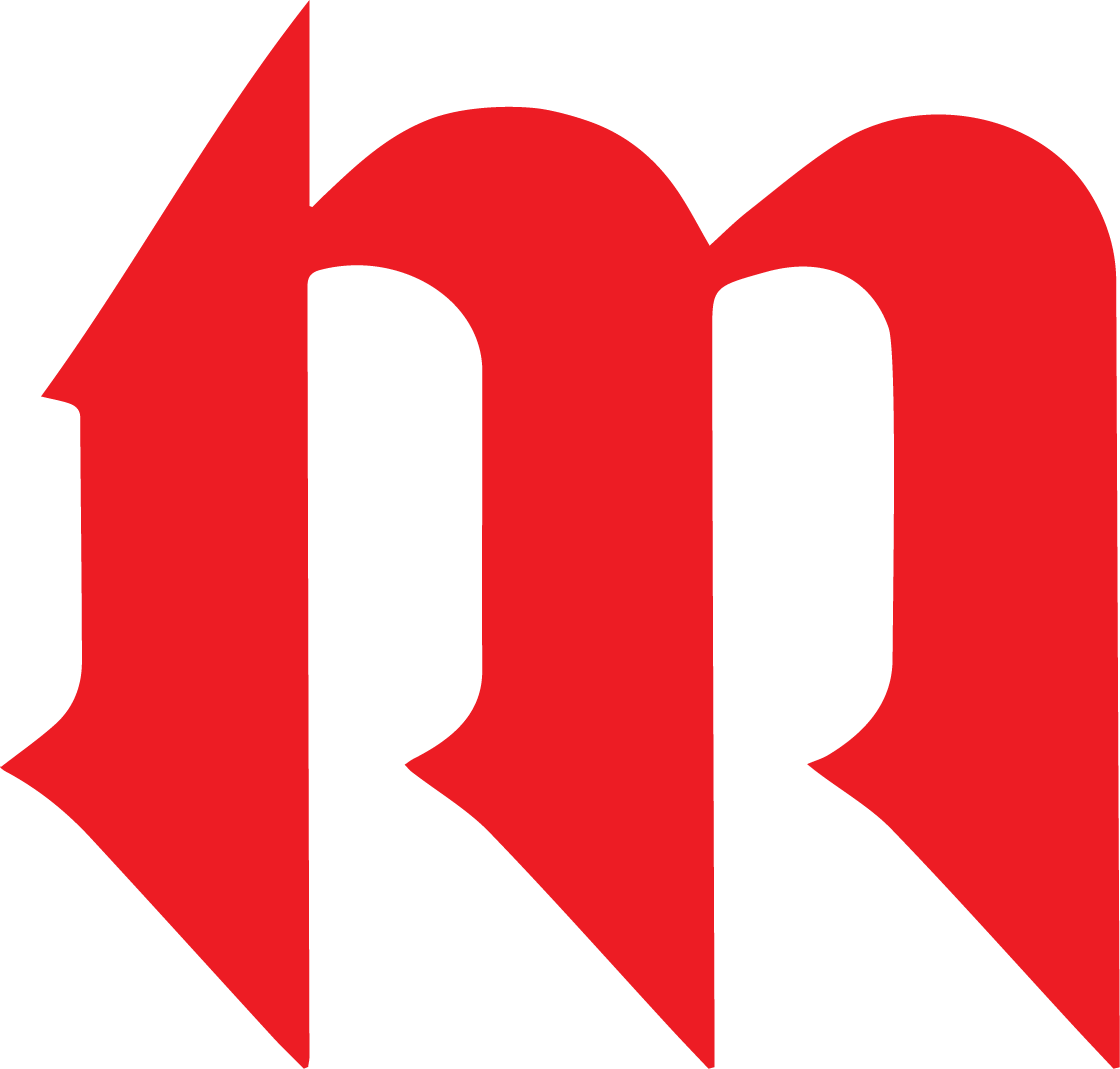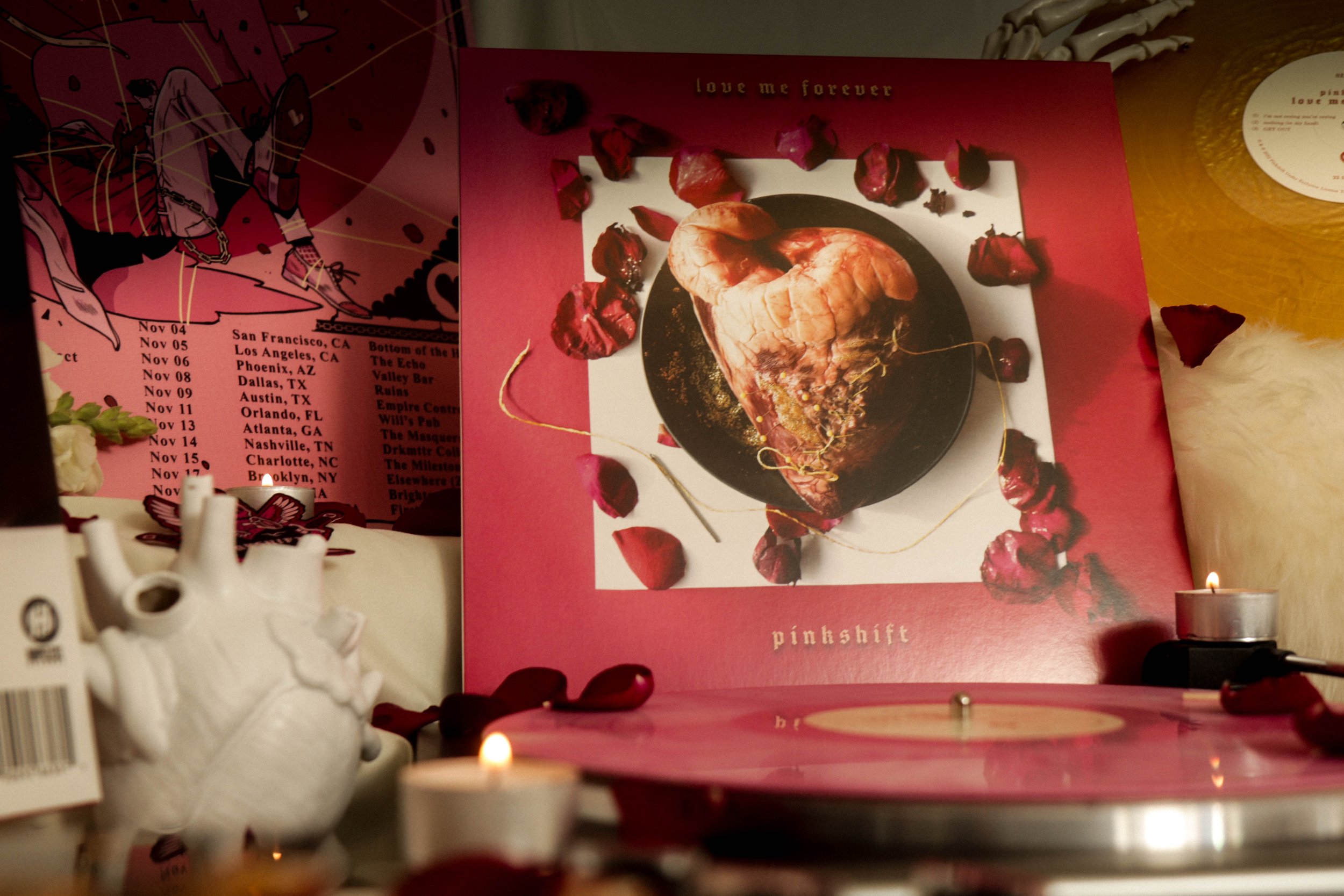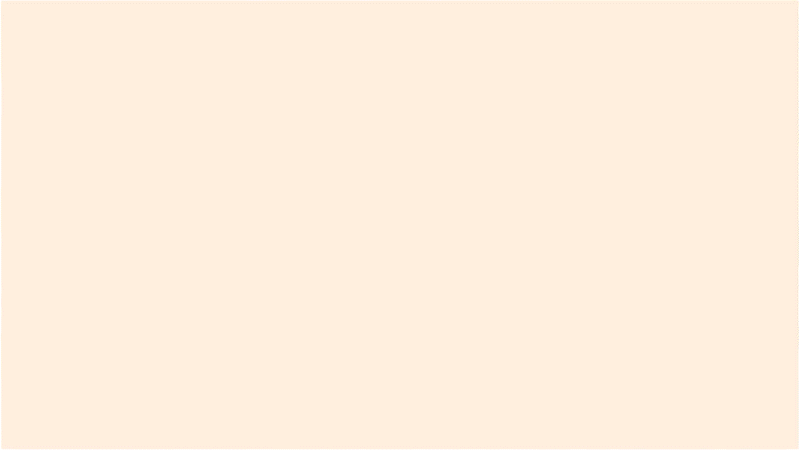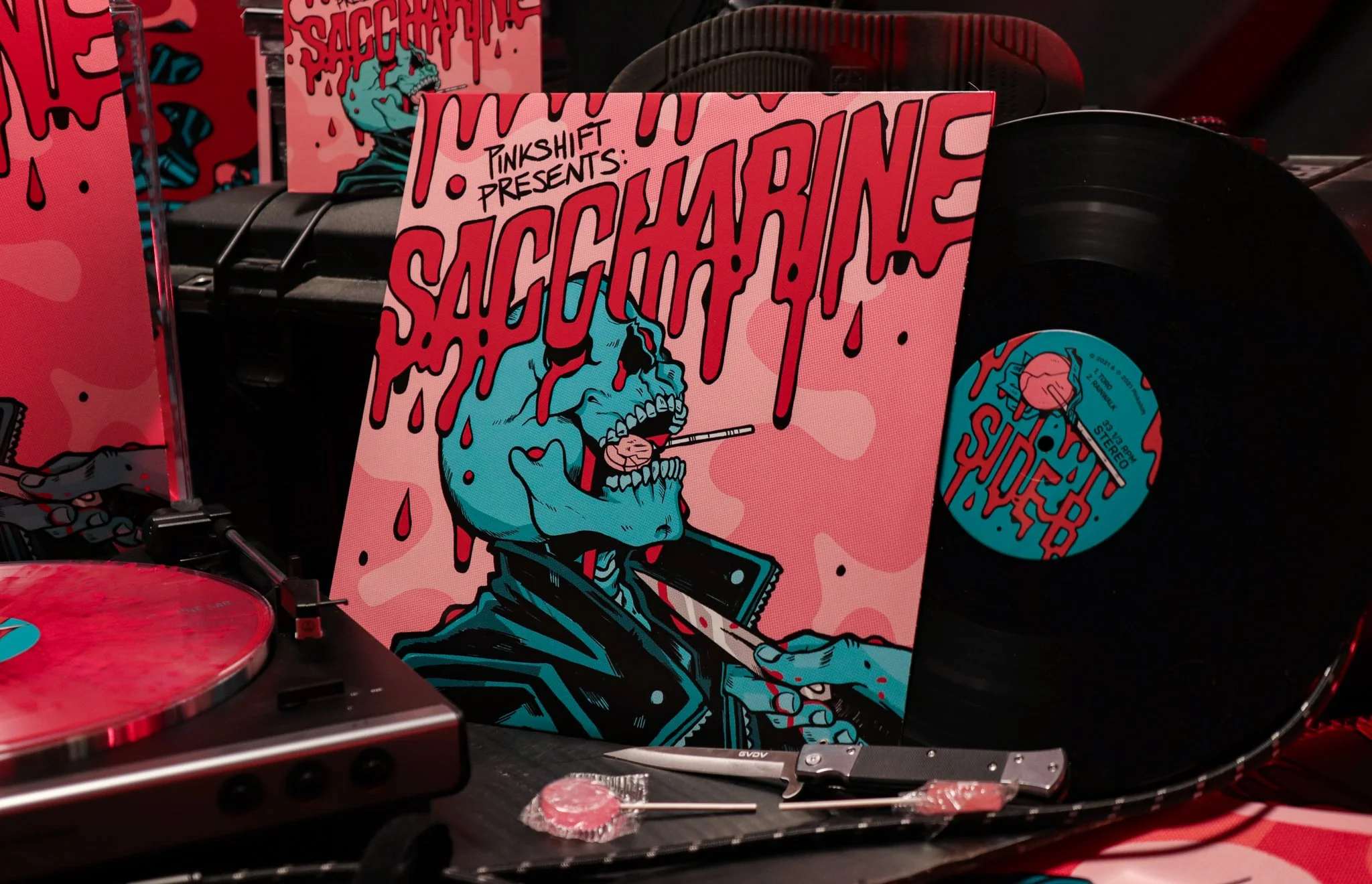PROJECT:
Punkaganda branding & website
CLIENT:
SUMMARY:
The co-founders of Punkaganda press originally reached out to me for a logo redesign. Their original logo (designed by founder Lou Watson) was limiting in scale so they wanted something that was a bit more flexible across multiple deliverables both digital and print.
Additionally, they didn’t really have any established brand guidelines, so in conjunction with a new logo, I crafted a comprehensive brand identity.
Following the finalization and successful launch of the rebrand, we moved into a redesign and launch of a new website, as well as some inaugural DIY merchandise designs.
INDUSTRY:
Music
SCOPE:
Creative Direction, Branding, Web Design & Development
YEAR:
2022/2023
IDEATION & DESIGN
The Foundation
Instead of pitching an entirely new direction to the client, the intention was to build on some of the design choices that Punkaganda had already been working with, this way it wasn’t a complete departure from their established brand and wouldn’t be too jarring of a transition for their budding audience.
Previously etablished elements to be incorporated into the rebrand included an overall dark theme with some bright spot colors, textures and grungy elemenets like paper tears, scribbled lines and paint splatter. These sorts of aesthetics were rooted in the DIY nature of the punk scene so it was important to carry that feeling into the brand identity of Punkaganda.
As shown above, the original color direction is fairly different from the final identity. Punkaganda first started off utilizing a bright neon green spot color, but through the course of the design process it transitioned into a red to a evoke a more classic pairing seen in punk iconography and aesthetics.
The Original Branding
The client felt as though their current brand system was too “clean” and “tech-looking”.
They had some elements (like the textures and paper tears) that they felt attached to, but the outlined text and neon green echoed a sense of “tech” that they wanted to move away from with the new branding direction.
IDEATION & DESIGN
The New Direction
From the exploration process, we moved from a sharp and sleek neon green direction to a more grungy and old-school, red/greyscale, and illustrative direction. The intention was to have a brand system that didn’t solely rely on photography treatments and textures, and to introduce a more handcrafted and artisan feeling while harkening back to old-school aesthetics of punk culture.
Once everyone was satisfied that the moodboard captured the desired brand ethos, we moved into tackling the logo. This would be the centerpiece of the brand system as well as establish the illustrative nature of the new brand identity.
The New Logo
After some ideation and deliberation with the client, it was decided that a multi-design logo treatment would be the best direction for the Punkaganda Press brand.
They liked the idea of having a sort of mascot/illustrative character to represent their brand which kept in line with the conceptual roots of their original logo design. From this decision, we branched into an icon/wordmark combo.
The full logo mark combined the new skull character with the logo name, which then informed the smaller logo variants including the wordmark and icon designs. This trio logo system was then laid out in the guidelines to determine best use practices for each variant in the logo system.
The Wordmark & Icon
To better serve Punkaganda’s branding needs, the wordmark was meant to act as a simplified logo option that could be used on more internal facing deliverables and B2B correspondence. The intention was legibility balanced with style to create a unique mark that represented the ethos of the Punkaganda brand.
The icon functioned similarly, but with the intention of being audience facing. The skull established a punchy glimpse into the character of the brand, while also setting the stage for a brand mascot that could be carried into later deliverables and merchandising.
The Brand System
For the rest of the brand system, it was important to carry that handcrafted edge exhibited in the logo design, but not too much that it ended up overpowering the photography and publication side of the business.
With this in mind, the typography and layout choices remained relatively minimalist opting for simplicity and structure (most exemplified in the website discussed below). To carry over that handcrafted aspect, the graphical elements are mixed in with spray paint and splatter textures to add movement to composition and a pop of color to the monochromatic color treatments.Since the client wanted a “future-proofed” system, I crafted a set of graphical elements that could be used as a foundational tool kit for both the client and any designers they end up sourcing in the future.
The Website
Once the branding was finalized, the next big deliverable was the website. Originally the client was operating on a plug-n-play blogging solution, Wix but wanted a bit more customization and flexibility for managing their growing brand and CMS.
With this in mind, we tackled a website overhaul with the intention of moving to Webflow, designed and developed by me.
The Web Design Process
During the development process, it was a bit of a challenge managing client expectations, but through beta testing and establishing user journeys we ended up with a final product that both pleased the client and launched as an effective deliverable from a design perspective.
Like any digital product, we started with ideation and wireframing to establish the new functionality as well as the intended user journey. Punkaganda’s focus is equal parts in written publication and showcasing music industry photographers so the main goal of the website would be to uplift and service these two aspects of the business.
As mentioned previously, this is where the minimalist design treatment is most prevalent in the brand ecosystem. Given the attention economy is so competitive, no-nonsense functionality and ease of use were the goals.
The New Punkaganda Press
The rebranding and subsequent launch of punkaganda press has invigorated the brand, landing the publication a partnership with 1824°, a subsidiary of Universal Music Group and continued growth in engagement for underrepresented musicians in the industry. Overall this project offered its own unique challenges in managing client expectations and crafting a brand that was both professional and punk in equal measures. But ended up being a rewarding product launch and opportunity to flex my web development skill set.
See More Works:
















































